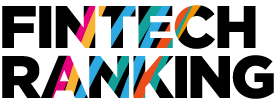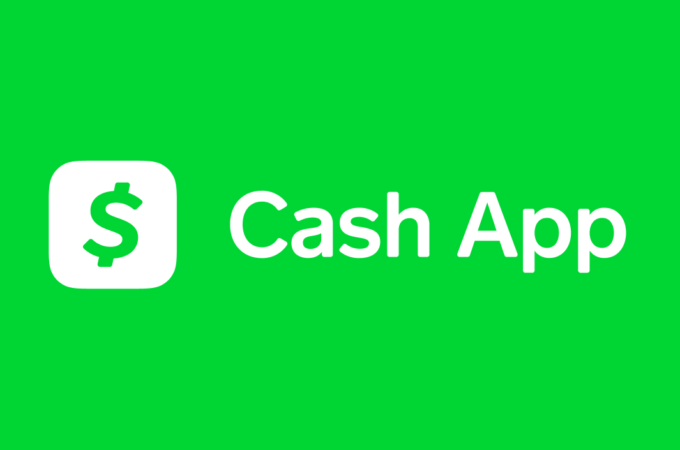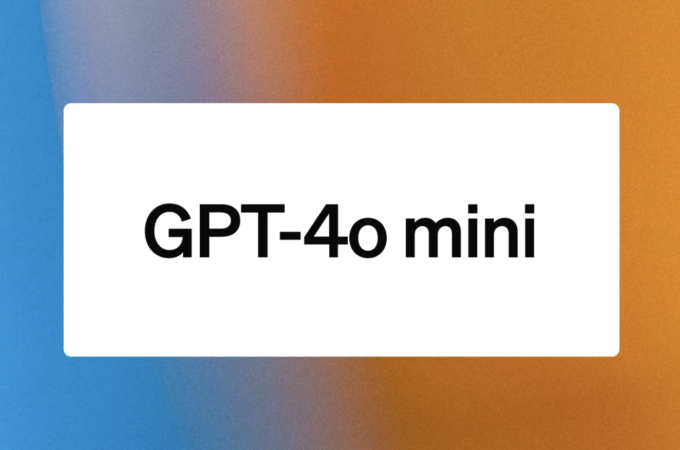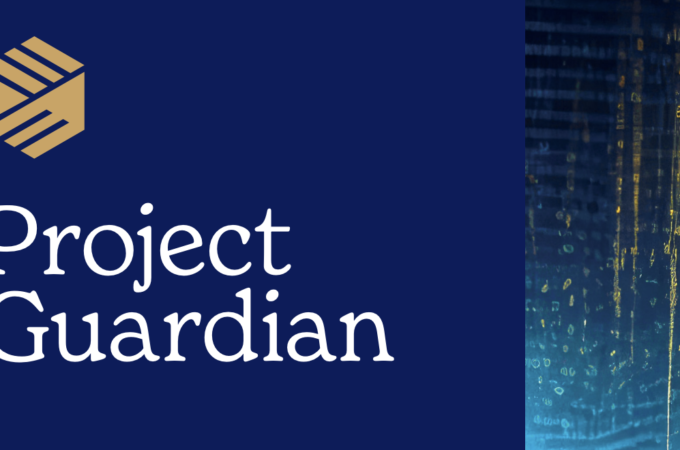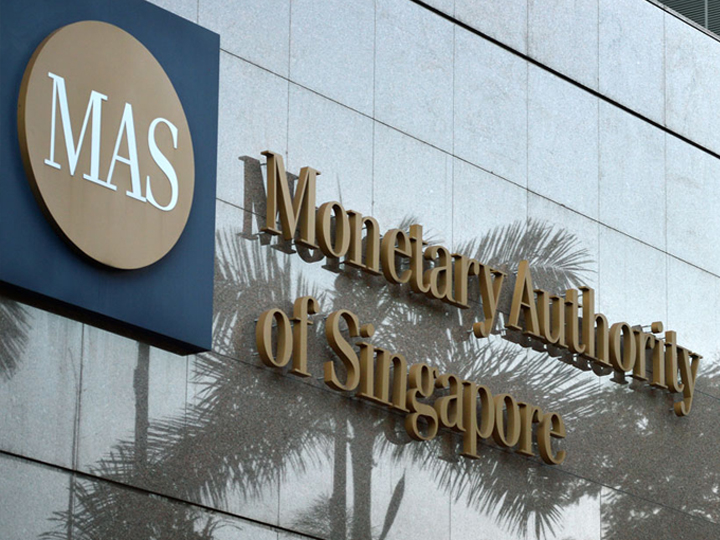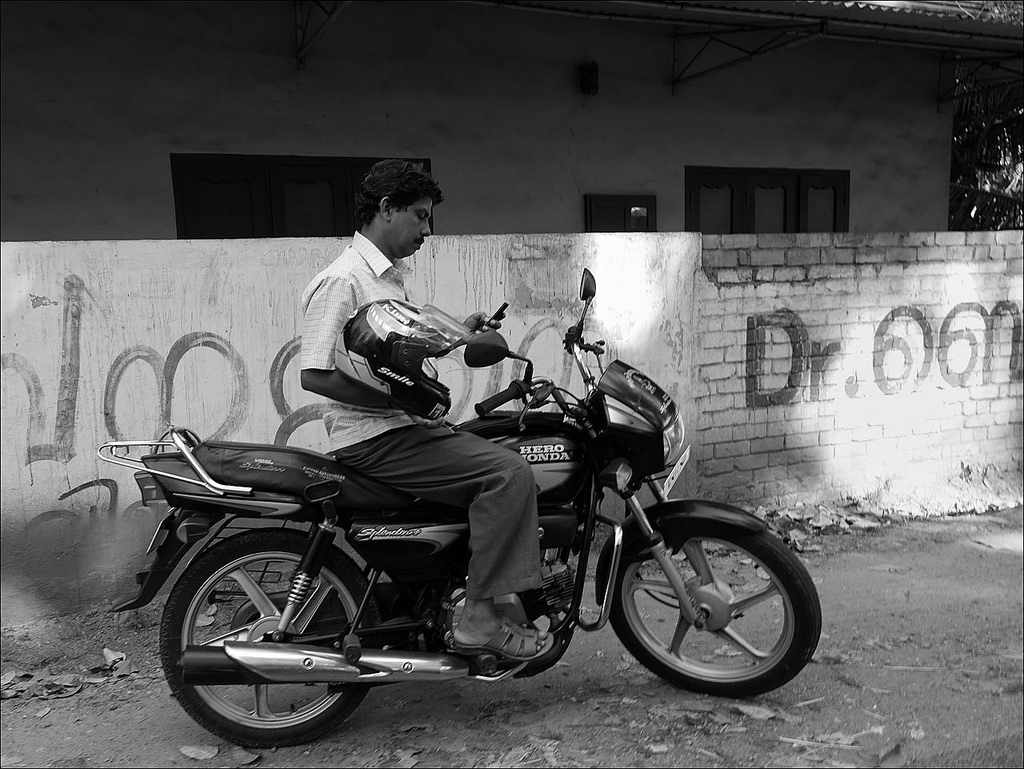
FreeCharge users can now use WhatsApp to transfer money. Here’s why it’s important.
By Meghna Rao for TechinAsia
WhatsApp’s fast approaching the possibility of becoming more than just a chat app in India.
On Friday, one of the country’s largest payment enablers FreeCharge announced a new feature with the messaging app. If two WhatsApp users have approved a certain setting within the FreeCharge app, they can now transfer money to each other while chatting by typing “FC” after the amount of money. “200FC”, for example, will transfer INR200. The feature is activated by tweaking certain privacy settings so FreeCharge can read what’s written in a WhatsApp message. While it’s something that any developer can include in their Android app, its adoption by a payment enabler the size of Freecharge is what makes it exciting.
WhatsApp is the most used messaging app in the country, but most of its Indian users depend on cash so it’s never had a distinct way to make money. On the other hand, FreeCharge’s goal is to get Indians off cash and using digital payments. Between the two, the feature has the potential to be a big deal.
It might even signal – if I may be so bold – the push that’s needed for the much-awaited arrival of India’s golden WeChat era.
Oh, the places you’ll go
In China, WeChat is owned by Tencent, which also operates its own payments arm, WeChat Payments. The payment arm competes with ecommerce giant Alibaba’s Alipay, but that hasn’t stopped it from being immensely successful.
WeChat has nearly 700 million users and can be used for all sorts of things, from in-store payments to taking out loans.
While a similar monopoly doesn’t seem possible – and maybe not even desirable – in India, the WhatsApp-FreeCharge feature is a step in a similar, chat-and-pay direction.
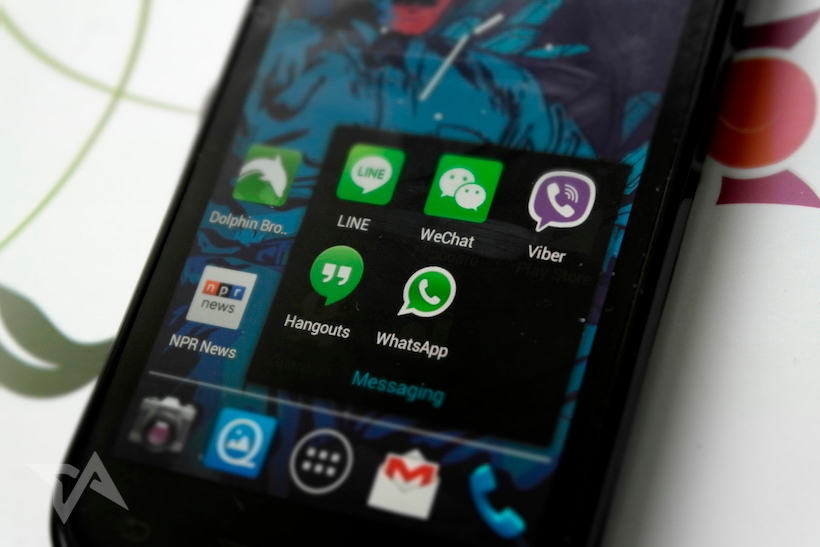
Snapdeal, which is a part of the trifecta competing for India’s ecommerce customers (the other two are Flipkart and Amazon) bought FreeCharge in August 2015 in what is believed to be the most expensive startup deal in India’s history.
The two make quite the power couple.
FreeCharge then partnered with Fino, which was one of the 11 companies to receive a license to act like a bank and hold money. Since then, FreeCharge has moved fast, and can be used for everything from buying bus tickets to paying for utilities.
On the other end is WhatsApp, which announced 800 million active users across the globe in April, and consistently claims that India is its largest market.
Most country-specific stats are speculations, but estimates say that over 50 percent of Indians connected to the internet use WhatsApp every day.
Together, the two make quite the power couple.
Let’s say WhatsApp makes room for a bot from Snapdeal-FreeCharge, or an open API that lets the Snapdeal site operate as a separate tab within the chat app. Then, a user can type in “microwave”, have details pop up, and complete the transaction by entering “FC” + its price.
Or, if the FreeCharge bot is upgraded to include its ability to pay utilities, users can type in “electricity bill” + “FC1200” and clear their bill for the month.
Of course, that’s all speculation and the time for those features may still be far away. Still, this first step is a good push at establishing chat-and-pay behaviors so India is ready for the day when WeChat style commerce does arrive.
Not over until it’s over
Mobile wallets have had a rough few months in India. They initially got popular because it was difficult for banks to keep up with the app world. Banks had strict regulations and were so slow at adapting tech that they inadvertently held the door open for lighter, more technologically advanced players to enter.
Soon, players like Alibaba-backed Paytm and FreeCharge gained traction. The Reserve Bank of India granted payment bank licenses to 11 different startups, which meant that they could actually hold money. While FreeCharge didn’t get one, it tied up with Fino, which did, and effectively turned into a mini-bank with a lightweight app.
Of course, it wasn’t long before banks took notice. This past April, the NPCI (National Payments Corporation of India) officially launched the UPI (Unified Payments Interface) which is a simple API that apps can integrate to allow money transfers between banks with just a single identifier, like a cellphone number or a biometric ID.
Now, it’s up to the heavily-funded world of mobile wallets to survive their growing pains and mark their place in the world – which this foray into “social payments” may help establish.
Unlike before, though, the pain point is not entirely theirs for the taking. Earlier this month, Axis Bank launched Ping Pay, an app to let users transfer money socially. Once a user decides to transfer money using Ping Pay, they can send a code number to the recipient through WhatsApp, Facebook, Twitter, or email. The recipient then has to log into the Ping Pay app and type that code in. They have 15 days to decide whether or not they want to accept the money.
While that’s not as seamless as what a Freecharge-WhatsApp combo can offer, Axis Bank is considered the third largest private sector bank in India. That means it’s already onboarded plenty of people who trust it – and those people may prefer dealing with money directly through their bank accounts.
The only clear winner at the moment is Facebook-owned WhatsApp, which has been steadily growing in India for quite some time.
First appeared at TechinAsia
